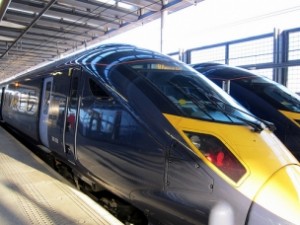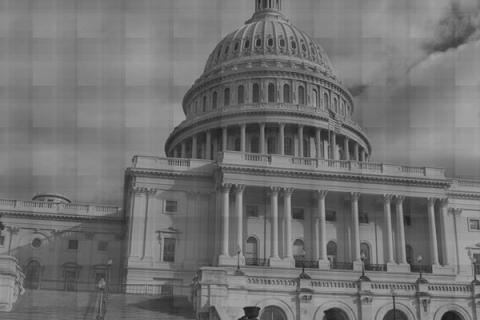The California High Speed Rail Peer Review Group, a group tasked with advising the state legislature on high-speed rail, says state bond money for high-speed rail (HSR) should be withheld until an economically feasible business plan is developed. Right now, the numbers are dire. The first phase of California HSR has a $25-30 billion shortfall and no apparent way to raise the money. Even worse, the Review Group says, ridership estimates are unverifiable and California High Speed Rail Authority (CHSRA) staffing and business plans are inadequate.
Voters approved almost $10 billion in bonds in 2008 for HSR, which was originally estimated to cost $33 billion. The estimate has now tripled to $99 billion. A recent poll showed that registered voters today would reject the bond measure, given the huge increase in costs. Republican lawmakers have proposed halting sale of the bonds, with State Sen. Mimi Walters (R-Laguna Niguel) saying that Democratic plans to slash budgets for education, healthcare, and human services while spending billions on HSR is unfair to children and the most vulnerable. Yet Gov. Jerry Brown says full speed ahead with the project, with a spokesperson saying Republicans, as always, are on the wrong side of history. This certainly makes for an unusual reversal of traditional political roles, with Republicans championing the poor and Democrats ignoring them.
Labor unions agree with the governor, saying HSR could create many new jobs. One highly-touted estimate of the number of jobs HSR would create was a whopping one million. House Minority Leader Nancy Pelosi said “The facts are clear: Over 1 million new jobs will be created.” Well, actually, no, it’s not clear at all. A more careful examination of the numbers shows them to be fanciful and not reality-based, with the more cynical among us opining that they were deliberately inflated to give a false impression. They estimated 20,000 construction jobs and 40,000 spinoff jobs per year and then multiplied that by the number of years in the project to arrive at over one million. So these aren’t jobs at all but job-years. In other words, if you worked five years on HSR, this would count as 5 jobs.
A job analyst said "job-years and jobs are like apples and Twinkies; they're not even in the same food group." A CHSRA spokesperson attempted to justify this new method of calculating employment (that to my knowledge, no one else uses) saying, “I don't know if it really changes anything. The bottom line is if you're unemployed, you don't care if it's jobs or job-years."
Proponents of HSR seem to do themselves a disfavor by trying to foist spurious employment numbers that can be easily disproven and even mocked. Also, would there really be a total of 60,000 jobs while the HSR lines are being built? CHSRA has a long history of over-inflating the benefits of the plan while under-estimating costs.
In 2008, everyone assumed the federal government would pitch in tens of billions for HSR. That was when the total cost was supposed to be $33 billion. But the cost is now $99 billion and the federal government has stopped any new HSR funding. This means funding would have to come from bonds. Given that many think California HSR will never be profitable, it’s difficult to see why anyone would buy the bonds (or loan billions) unless they were given a high interest rate. And California simply cannot afford that now.

